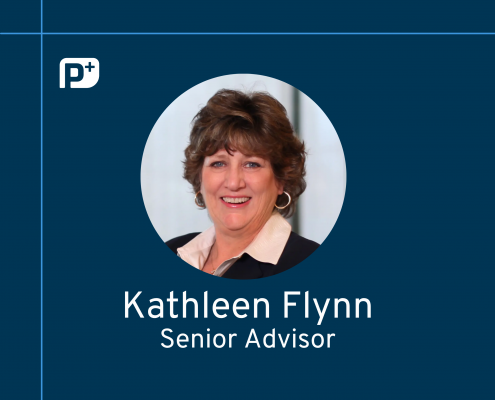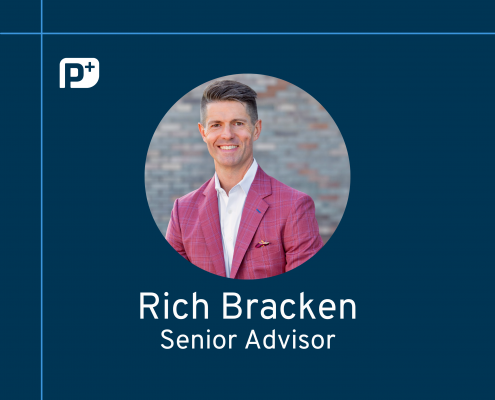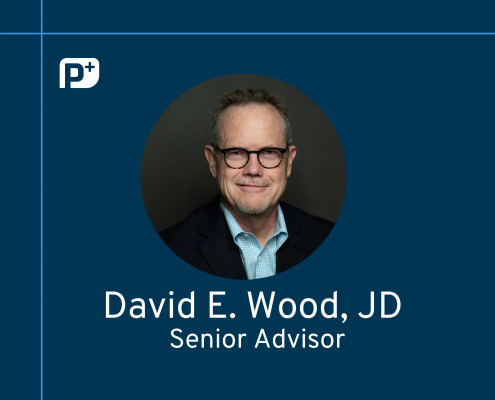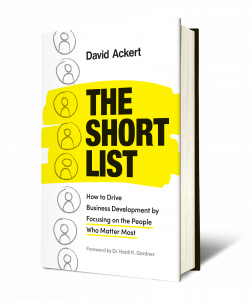Historically Rainmakers have been – and often continue to be – heroes at their law firms. And with good reason. Their seemingly effortless ability to regularly bring in large clients is a significant factor in a firm’s financial success. But beware, the Rainmaker can be a double-edged sword when it comes to the firm’s future growth.
When a firm is in its infancy or the earliest stage of business development maturity, the Rainmaker is crucial to its survival. But the firm is also unable to grow beyond the capabilities of its hyper-performers, its strategy is limited by their preferences, and its culture is dominated by their personalities. At this early stage, the tail wags the dog, and the firm is vulnerable to any given Rainmaker’s unwillingness to collaborate, the temptation to lateral to another firm, eventual retirement, or illness.
For a firm to advance beyond the lone wolf syndrome, it must move into the second stage of business development maturity, which requires de-emphasizing the efforts of individual Rainmakers and emphasizing a repeatable business development process across the firm.
The easiest point of entry into this second stage is to establish a more formal structure for mentoring. While a Stage One firm may argue that it’s only logical for Rainmakers to guide younger lawyers by imparting their rainmaking wisdom, it rarely fulfills expectations. For one, Rainmakers are too busy to give their role as mentors adequate time. Also, the skillsets that make for a good business developer don’t necessarily translate to mentorship, often resulting in advice that’s hard to follow. “Just do what I did” leaves rising stars with little relevant, applicable guidance on how to build their own book of business. Also, today’s environment is very different than when the Rainmaker was coming up in the firm, from the competitive landscape to client expectations, to the tools available to a modern business developer.
Stage Two firms replace informal mentorships with structured business development training programs so that all lawyers at the firm can learn appropriate business development methodologies and customize their approaches to what works for them. Additionally, a Stage Two firm establishes a clear, standardized way of generating potential clients, nurturing them, pursuing them, and ultimately expanding client relationships. Ideally, Rainmakers model these standards rather than being exceptions to the rule.
In the third stage of business development maturity, the firm has standardized the items in Stage Two and integrates trial by error process improvement. It also establishes a function for opportunity tracking, so business development leads are organized, new revenue can be forecasted, and if a lawyer departs, the firm retains as much of their relationship capital and institutional knowledge as possible. This allows the firm to continue to optimize its investment even after lawyers who have benefitted from it leave.
To enter the fourth, most advanced stage of business development maturity, a firm must begin analyzing metrics and looking at aggregate business development data. It must observe trends and glean insights on what needs to be improved, how training needs to evolve, how internal sales professionals can warm up new leads, and how the firm can optimize the return on investment of its sales function. When opportunities for improvement are identified, changes are implemented, even if that involves new approaches for Rainmakers. Ultimately, mature business development processes contribute to talent retention and ensure a steady increase in lawyers’ mean business development income.
In summary, for a short-term, high-risk boost in revenue, lateral in a new Rainmaker. But be prepared to cater to their whims, hold them accountable to nothing, and hope that one of your competitors doesn’t poach them from you in a couple of years’ time. For institutional stability and scalable growth, firms need to mirror the thriving business models implemented by their corporate clients, elevating their business development mindset from that of the lone wolf to that of standardized excellence.







